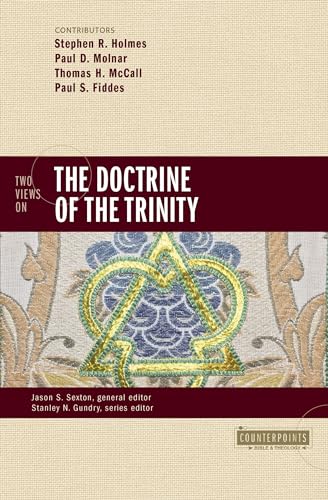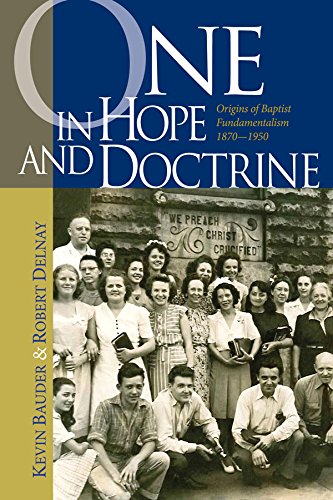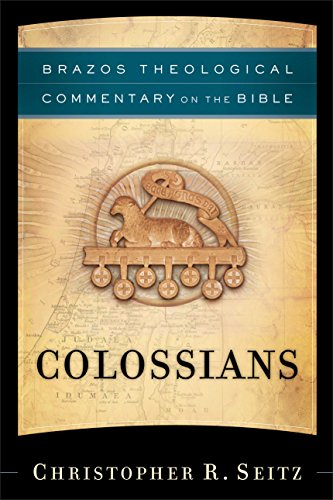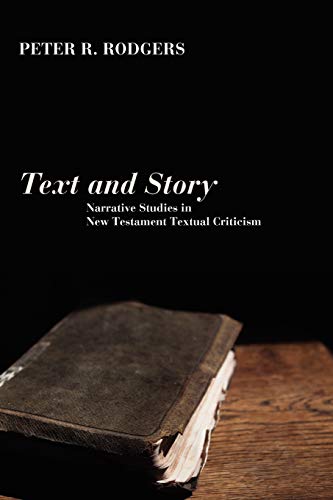Developing a Strategy for Missions: A Biblical, Historical, and Cultural Introduction
Written by J. D. Payne and John Mark Terry Reviewed By Walter L. McConnell IIIIn 1792 William Carey published his influential pamphlet, An Enquiry into the Obligation of Christians to Use Means for the Conversion of the Heathens, in which he argued that Jesus’s command to make disciples of all nations is binding on all Christians of all ages. Ever since, an almost endless stream of books has been written to advance the cause of mission and provide scriptural support for doing so. But as one wades through the books, it becomes clear that very few concentrate on the means of taking the gospel to the world. Developing a Strategy for Missions adds to the limited number of books written to help missionaries apply what they know about mission by planning and evaluating their work step by step from beginning to end.
Payne and Terry, who have both served as missionaries, approach their subject with great enthusiasm. They introduce mission strategy by comparing and contrasting it to military and business strategy, making it clear that their use of secular sources does not hide their conviction that the church is neither selling a product nor engaged in competition with other churches. Our aim is rather to make disciples. In their words, “Mission strategy is the overall process describing what we believe the Lord would have us accomplish to make disciples of all nations” (p. 5). In order to develop this definition, they take us on a journey of discovery that leads through a lush panorama of ideas and practices designed to help us craft, implement, and evaluate the methods we use to plant churches and help them grow.
The book opens with five chapters that prep the canvas for the work that follows by elaborating on what mission strategy is all about, considering objections to strategizing, and discussing biblical and missiological principles associated with developing strategy. In the next ten chapters, the authors sketch the background scenery by discussing the biblical basis and historical practice of mission strategy. Painted in very broad-brush strokes, this survey provides a useful (though sometimes superficial) overview of the methods used by the Apostle Paul, the early church, Catholic and early Protestant missionaries, and faith missions. It further outlines strategies related to the more recent indigenous missions, church growth movement, “frontier” strategists, and a few attempts to build strategies around various approaches to contextualization.
This backdrop in place, the authors use five chapters to array the tools and processes of cultural research. By placing them in an advantageous light, they help readers understand their benefits and learn how they can be used. Not only are we told how to develop a people-group profile, we are informed how it can be employed. Not only are we instructed to develop a communication strategy, we are introduced to ways that this can be done in various situations. We are also instructed that through taking up appropriate tools for testing receptivity and need, missionaries can wisely steward their time and resources so that unless they are “specifically called by God to a resistant people” they should “begin where the Holy Spirit has been working to ripen the field for the harvest” (p. 184, italics original). One wonders how the adoption of this concept would impact some efforts for mobilization.
Throughout the book the authors remind us that strategy is future-focused so that missionaries need to plan their steps as they engage people with the gospel. The final seven chapters thus provide guidelines for processing vision statements, forming teams, assessing resources, setting goals, choosing appropriate methods for reaching those goals, and evaluating the whole process. Importantly, the authors remind us that many of the “steps” considered do not follow sequentially but overlap each other, and that evaluation is not the final step but something that should be ongoing throughout the whole process of forming and implementing a strategy.
Developing a Strategy for Missions is at once broad, practical, and accessible to most missionaries. It is a strong contribution to the well-regarded Encountering Mission series. It would provide a competent replacement for Dayton and Fraser’s Planning Strategies for World Evangelization (Grand Rapids: Eerdmans, 1990). While this book will undoubtedly be added to the reading list of many mission classes, its true value will be recognized by church-planting practitioners, particularly those working in areas where there are few local Christians with whom to partner. Whether adopted as a classroom text or a field guide, readers will benefit from the frequent sidebars that introduce a variety of topics and conclude with questions for reflection and discussion. Many will find the “people-group profile” in the appendix to be a useful guide to researching different aspects of the life and culture of the people with whom they work and also how it lends to organizing people-groups into meaningful categories.
The book is a good introduction to developing mission strategy and should be consulted by strategists, church planters, and many other missionaries. Understandably, it has limitations. By painting an expansive landscape with a broad brush, the authors set aside depth on a number of issues. Thus, biblical analysis is often light with conclusions that are not always compelling. The historical overview similarly lacks penetration in some areas and gives space to others (like missions on the American frontier) that might be better subsumed under the broader categories. If the twenty-seven chapters of the book had been divided into several parts, readers would be able to more easily identify the ones that address common themes. Despite these caveats, I would recommend the book to my co-workers and others.
Walter L. McConnell III
Walter L. McConnell III
OMF International
Singapore
Other Articles in this Issue
The account of Abraham's near-sacrifice of Isaac has been and will likely continue to be violently applied so long as the dominant misunderstanding of the text prevails...
In recent years, a growing cadre of younger historians has begun publishing significant books on the history of American evangelicalism...
Romans 4 remains a central text in the debate over the New Perspective on Paul...
Within the intra-Reformed debate over baptism, covenant theology is a crucial aspect in determining one's position...
‘Fathers of Faith, My Fathers Now!’: On Abraham, Covenant, and the Theology of Paedobaptism
by David GibsonThe figure of Abraham creates a covenantal framework for biblical theology that allows baptism to be considered in relation to the Bible's developing story line...







